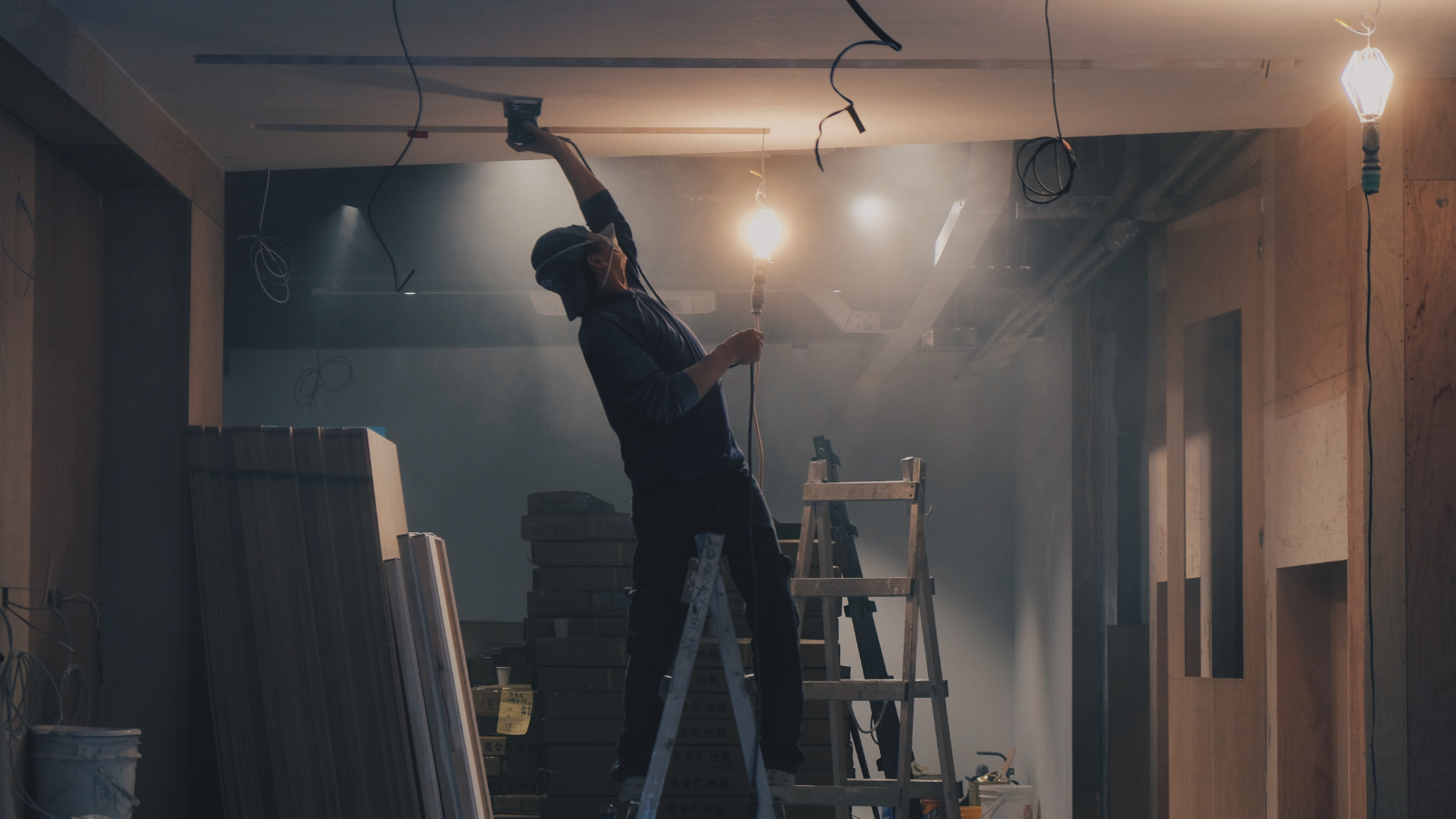The Domestic Reverse Charge VAT scheme for those in the Construction Industry Scheme comes into effect on 1st March 2021. Be aware that the changes could affect your cashflow and you might need to source additional business finance. You will also need to ensure that your accounting systems and software are ready for the forthcoming changes.
What is the Domestic Reverse Charge VAT scheme?
The Domestic Reverse Charge VAT scheme, which comes into effect on 1st March 2021, represents a significant change to the way that VAT is collected for those registered in the Construction Industry Scheme. Under the Domestic Reverse Charge VAT scheme, the customer pays any VAT due direct to HMRC rather than to the supplier. The customer will then reclaim any VAT due using the usual VAT recovery rules.
Who does it affect?
The new rules will apply if you are registered for VAT and supply or receive services under the Construction Industry Scheme. It applies to both standard and reduced rate VAT supplies but it does not apply to zero rated supplies.
Selling building and construction services
If you sell building and construction services, the reverse charge will need to be applied when:
- Your customer is registered for VAT in the UK
- Payment for the supply is reported within the Construction Industry Scheme (CIS)
- The services you supply are standard or reduced VAT rated
- You are not an employment business supplying either staff or workers, or both
- Your customer has not given you written confirmation that they are an end user or intermediary supplier
HMRC has produced a useful to flowchart to help you evaluate whether the reverse charge VAT scheme should be applied, when you sell building and construction services. Click the button below to open it.
Buying building and construction services
If you buy building and construction services, the reverse charge will need to be used when:
- Payment for the supply is reported within the Construction Industry Scheme (CIS)
- The supply is standard or reduced rated
- You are not hiring either staff or workers, or both
- You are not using the end user or intermediary exclusions
You can use HMRC’s flowchart to help assess whether the reverse charge VAT scheme should be applied when you buy building and construction services. You can find it be clicking the button below.

Exemptions from using the reverse charge rules
When the below services are supplied on their own you must not use the reverse charge:
- Drilling for, or extracting, oil or natural gas
- Extracting minerals (using underground or surface working) and tunnelling, boring, or construction of underground works, for this purpose
- Manufacturing building or engineering components or equipment, materials, plant or machinery, or delivering any of these to site
- Manufacturing components for heating, lighting, air-conditioning, ventilation, power supply, drainage, sanitation, water supply or fire protection systems, or delivering any of these to site
- The professional work of architects or surveyors, or of building, engineering, interior or exterior decoration and landscape consultants
- Making, installing and repairing art works such as sculptures, murals and other items that are purely artistic signwriting and erecting, installing and repairing signboards and advertisements
- Installing seating, blinds and shutters
- Installing security systems, including burglar alarms, closed circuit television and public address systems
- If you are invoicing for mixed supplies that includes a reverse charge component you should apply the reverse charge on the whole invoice, this is to make the system as simple as possible.
Applying the changes in the rules
Managing your cash flow
From 1st March, customers will pay VAT direct to HMRC rather than to the supplier. Businesses will therefore lose the advantage of retaining sales VAT until this is declared on their VAT return. This might significantly reduce the amount of money coming into the business and could have a dramatic impact on your cashflow. Businesses might need to arrange additional business finance.
If you buy large amounts of materials and work mainly for contractors, you could be in a repayment position as you will no longer be paying VAT on your sales. It might be worth moving from a quarterly VAT return to a monthly VAT return to speed up VAT repayments.
Updating your accounting systems and software
Ensure that your accounting systems and software are able to deal with the reverse charge and the changes in VAT invoices rules. Systems such as Xero have already been updated to help businesses comply with the new rules.
Changes to your VAT invoices
VAT invoices will need to reflect when the reverse charge applies, for example:-
Net charge (£) 100
VAT rate 20%
VAT (£) Reverse charge applies
Gross (£) 100
You will need to clearly indicate on your invoice that the reverse charge applies using the correct terminology. HMRC recommends adding a statement on your invoice along the lines ‘Customer to account to HMRC for the reverse charge output tax on the VAT exclusive price of items marked “Reverse Charge” at the relevant VAT rate shown above, “Reverse Charge: VAT Act 1994 Section 55A applies”.’
See HMRC sample invoice with differing VAT rates
If your project begins before 1st March 2021 but ends after 1st March, you will need to account for the VAT based on the ‘tax point’ rules. If the tax point is after 1st March you will need to use the reverse charge, if it is before this date the normal VAT rules will apply.
For further information on the Reverse Charge VAT Scheme
Check when you must use the VAT reverse charge for building and construction services
How to apply the VAT reverse charge for construction services (recorded webinar)
End users and intermediary supplier businesses
Apply to move from quarterly to monthly returns using your online VAT account
Get In Touch
If you have any questions about the Reverse Charge VAT scheme and the Construction Industry Scheme, please do not hesitate to get in touch with us. We would be delighted to hear from you.

